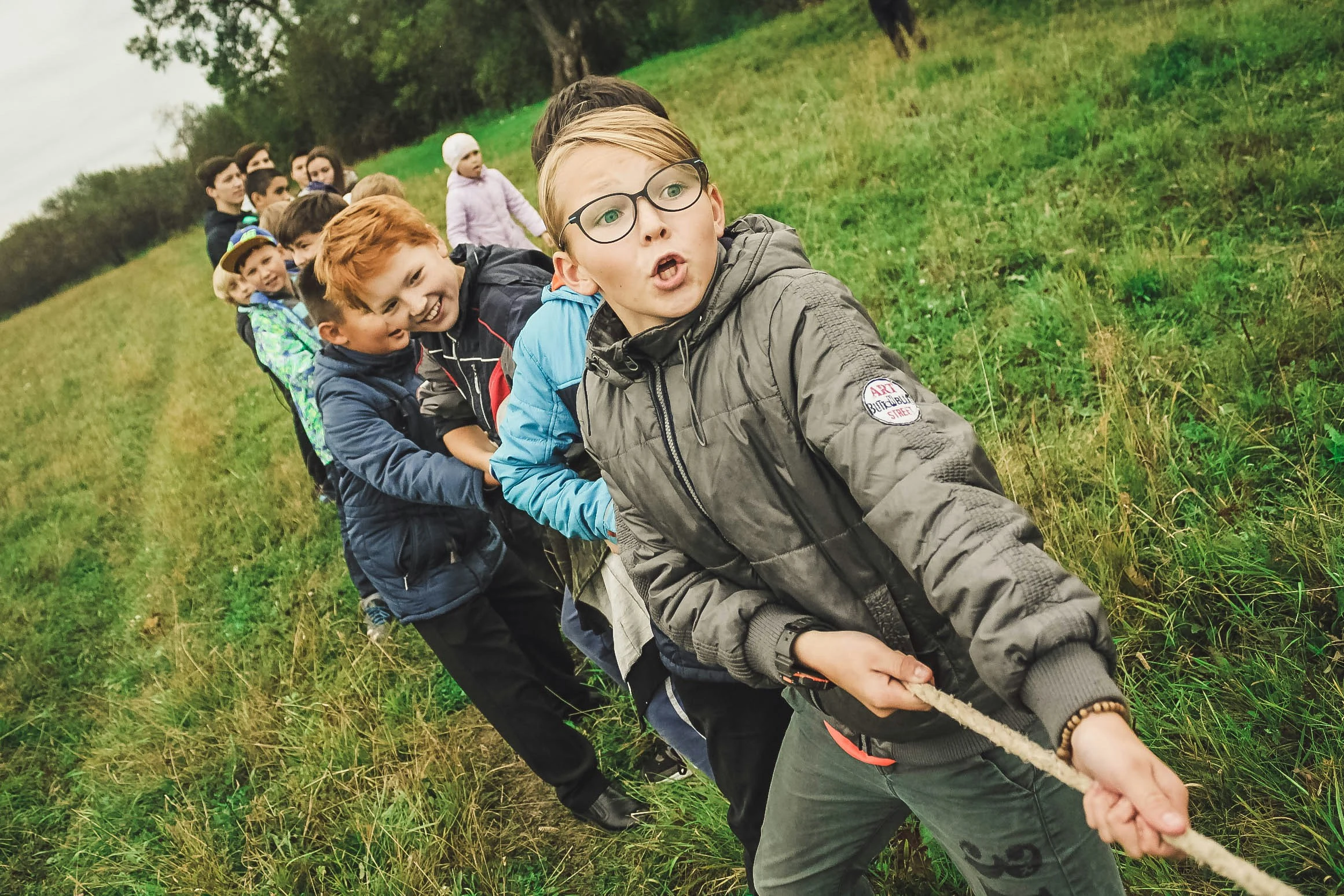The Impact of Nature-Based Learning on Student Well-Being and Skills

The Emergence of Outdoor Schools
In recent years, there has been a growing recognition of the value of nature-based learning within educational circles. This approach shifts part of the teaching environment from traditional classrooms to the outdoors, providing students with opportunities to learn through direct interaction with nature. These outdoor schools offer an alternative to conventional education, blending academic learning with environmental stewardship.
The concept of nature-based learning is not entirely new; its roots can be traced back to early 20th-century educational reformers like Maria Montessori and Rudolph Steiner, who emphasized experiential learning. Today, this educational model is experiencing a renaissance as educators seek ways to enrich student experiences and address concerns about student well-being in increasingly digital lives.
Benefits of Nature-Based Learning
Enhancing Academic Skills
Nature-based learning offers myriad benefits that extend beyond the traditional curriculum. Research shows that exposure to natural environments enhances concentration, boosts creativity, and improves critical thinking skills. For instance, students who participate in outdoor science classes often show a greater understanding of ecological principles and biodiversity compared to their peers who learn indoors.
Moreover, by engaging directly with their environment, students can better grasp abstract concepts through tangible experiences. A lesson in geometry becomes more relatable when students measure and map the natural features around them. Math and science are no longer abstract; they become tools for understanding the world.
Improving Well-Being and Engagement
Spending time outdoors has been linked to improved mental health and emotional well-being. Nature provides a calming effect, reducing stress levels and fostering a sense of tranquility. Schools incorporating outdoor elements into their curricula report higher levels of student engagement and motivation, as these settings stimulate curiosity and encourage active participation.
Furthermore, nature-based learning often promotes physical activity, which is essential for maintaining good health. Students develop motor skills through climbing, running, and other outdoor activities while also cultivating teamwork and social skills in cooperative tasks.
Case Studies: Successful Nature-Based Schools
Waldkindergarten in Germany
The Waldkindergarten model in Germany is a stellar example of early childhood education taking place almost entirely outdoors. These forest kindergartens allow children to explore woodland settings year-round. The absence of traditional indoor facilities fosters resilience and adaptability among children. In such environments, young learners develop keen observational skills and learn to respect nature while acquiring foundational academic knowledge.
Nature-Based Charter Schools in the United States
In the United States, several charter schools have adopted nature-based approaches. The Teton Science Schools in Wyoming integrate outdoor expeditions into their regular curriculum. Students spend significant time outdoors conducting ecological research projects. This hands-on experience empowers them with practical skills in scientific inquiry and data analysis.
Similarly, the Nature School in Portland focuses on outdoor classrooms where students engage with local ecosystems. Lessons are designed to align with state standards while utilizing natural landscapes as living laboratories.
Implementing Nature-Based Learning: A Framework for Educators
Integrating nature-based learning into existing educational structures requires careful planning but is highly rewarding. Here's a practical framework for educators considering this approach:
- Assess Resources: Evaluate available natural spaces within or near the school grounds that can be used for outdoor learning.
- Curriculum Integration: Develop lesson plans that incorporate outdoor elements into various subjects, ensuring alignment with educational standards.
- Professional Development: Provide training for teachers on how to effectively conduct classes in outdoor settings and manage potential challenges.
- Community Involvement: Engage local communities in supporting outdoor initiatives, such as through partnerships with environmental organizations or volunteer projects.
- Sustainability Education: Integrate lessons on sustainability and environmental stewardship into the curriculum to foster responsible citizenship.
Challenges and Considerations
While nature-based learning presents numerous advantages, it also comes with challenges that educators need to address. Weather conditions can be unpredictable, requiring contingency plans for inclement weather. Safety concerns must be rigorously managed, including risk assessments and establishing clear protocols for outdoor activities.
Furthermore, educators may face resistance due to unfamiliarity with this teaching style or skepticism about its academic efficacy. It is essential to provide ongoing support and demonstrate positive outcomes through regular assessment and evaluation.
The Future of Nature-Based Education
As society increasingly recognizes the importance of holistic education that includes emotional well-being alongside academic achievement, nature-based learning stands out as a promising solution. Its potential to transform education systems by nurturing balanced, curious, and environmentally conscious individuals cannot be overstated.
To fully realize this potential, continued advocacy for supportive policies at governmental levels is crucial. Educators and stakeholders must collaborate to promote inclusive access to nature-based learning opportunities for all students, regardless of geographic or socio-economic constraints.
In conclusion, integrating nature-based learning into educational practices offers profound benefits in shaping future generations. By cultivating deeper connections between students and their natural surroundings, we can foster both academic excellence and personal growth.





